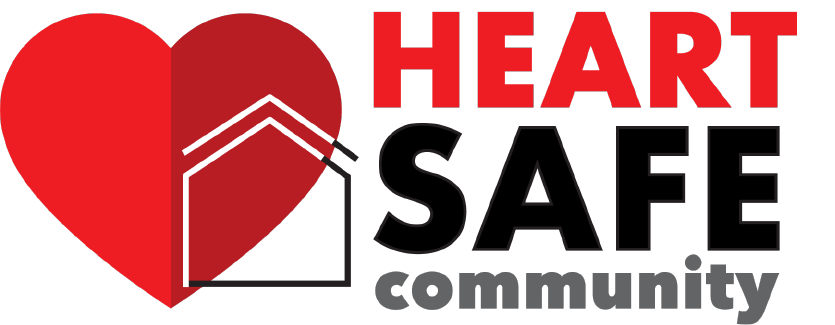HEARTSafe Community
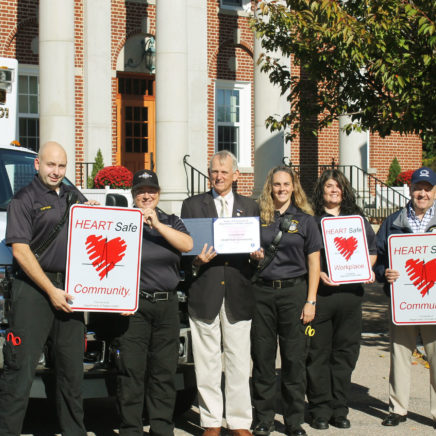
What is a HEARTSafe Community?
Our HEARTSafe Community program is a set of criteria and guidelines designed to improve outcomes to sudden cardiac arrest emergencies through a specific set of training, preparation and response protocols.
This criteria supports the cardiac arrest “chain of survival” and encourages communities to put that chain of survival into action. Activities include:
- Widespread CPR instruction
- Public access defibrillators
- Aggressive resuscitation protocols for first responders and area hospitals
Communities that strive to become “heart safe” must meet the criteria established by the Citizen CPR Foundation. Upon completion, they receive signage and official recognition as a HEARTSafe Community to demonstrate a commitment to citizen health and safety.
Well over 600 local, legacy HEARTSafe communities exist and we are adding new cities and towns as we promote the program nationwide. Our Resource and Implementation Guide will help guide you through the process.
HEARTSafe Community Application
This initiative is supported in part by the Foundation’s Partner Council, a collaboration of committed, mission-aligned businesses and non-profits. It includes the American Heart Association and the American Red Cross, with support from industry including Laerdal Medical, MD Solutions International, Nasco Healthcare, Prestan Products, WorldPoint, ZOLL, AED Superstore, Brayden by Innosonian, Philips, and Defibtech.
Contact us for more information and to be added to our HEARTSafe Community mailing list to receive regular updates.
Program Advisory Committee Roster
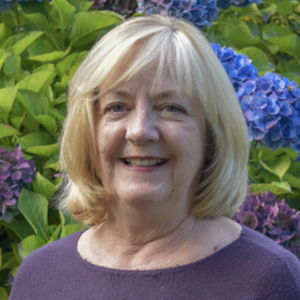
Pam Dodson
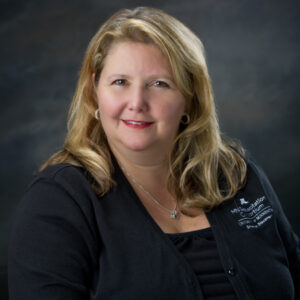
Kim Harkins
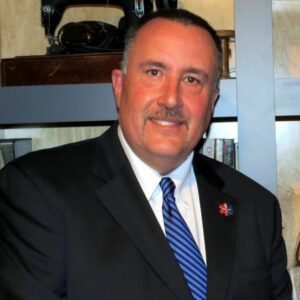
David Hiltz

Monica Kleinman, MD

Brandon Oto, PA
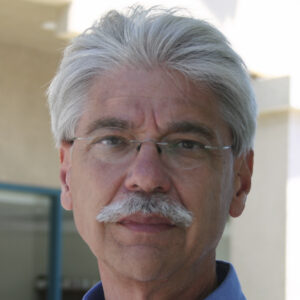
Jerry Overton
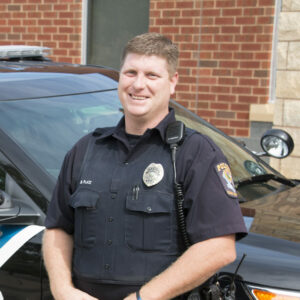
Bryan Platz
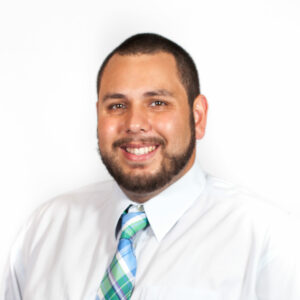
Richard Shok, RN, NRP
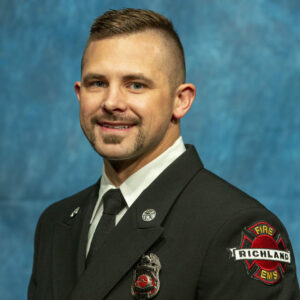
Joshua Smith, NRP
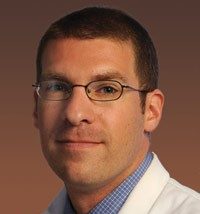
James Suozzi, DO, NRP, FACEP
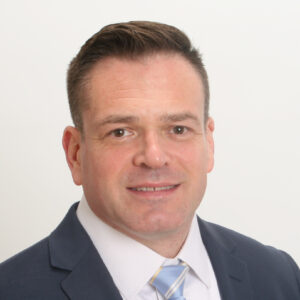
Tim Williams

John Freese, MD
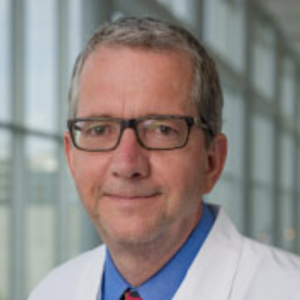
Mark Link, MD
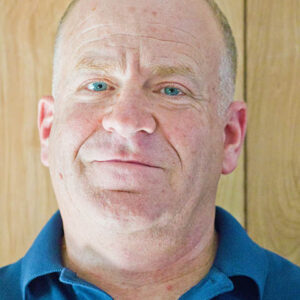
John Pliakas, NRP, NP
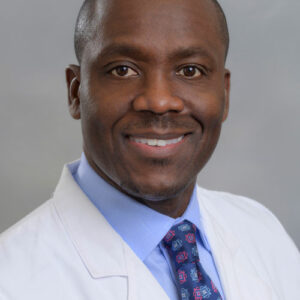
Deon Vigilance, MD, MBA
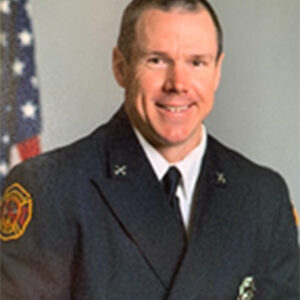
Jim Hillcoat
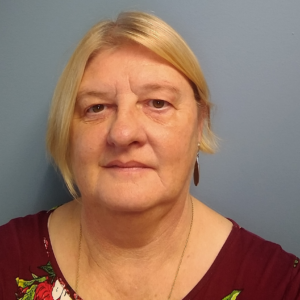
Janet Trethewey, EdD, NREMT

Fiona Johnson, NRP
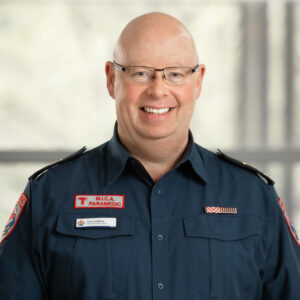
Tony Walker
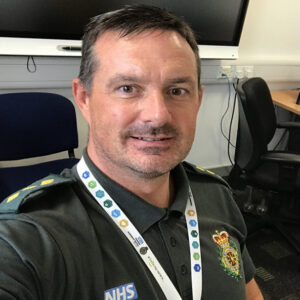
Jason Carlyon

Konstantin Krychtiuk, MD, PhD
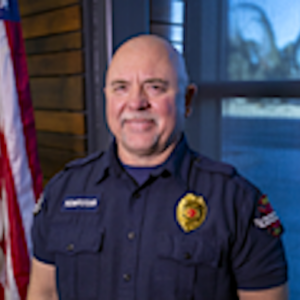
Jim Hempstead
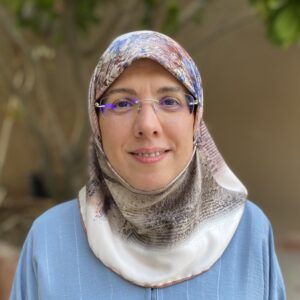
Zehra’ Al-Hilali

Tegan Hampton, MHA
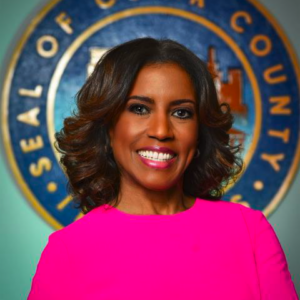
Donna Miller
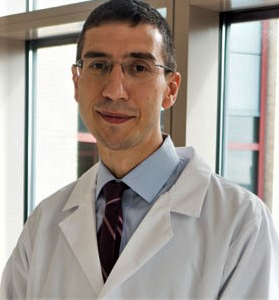
Christopher Madias, MD
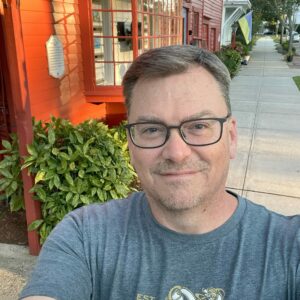
Jay Blackwell
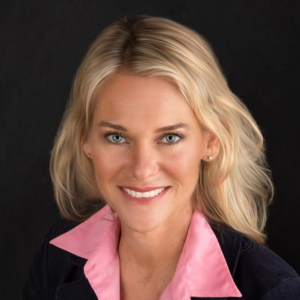
Susan B. Davis, DNP

Lisa Monk MSN, RN, CPHQ
Saving Lives, One Community at a Time
Improving cardiac arrest survival is a communal effort. Bystanders must be trained and ready to act. And when an emergency call is made, a coordinated system that includes EMS, fire departments and first responder agencies should work together to help increase the likelihood of neurologically intact survival.
